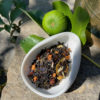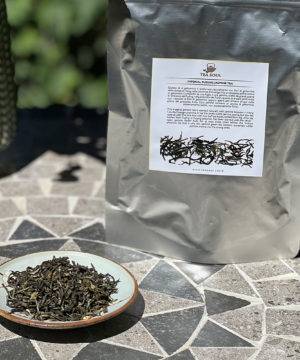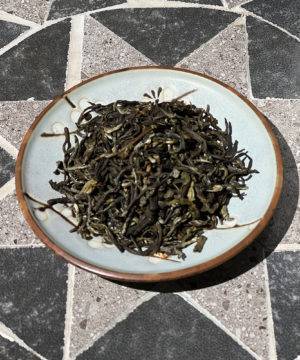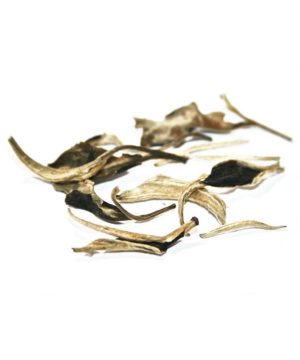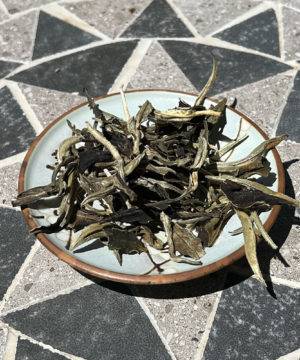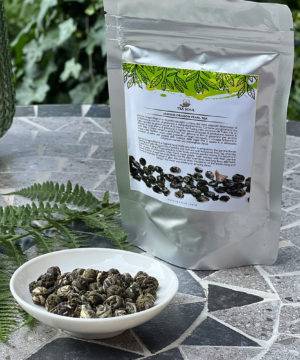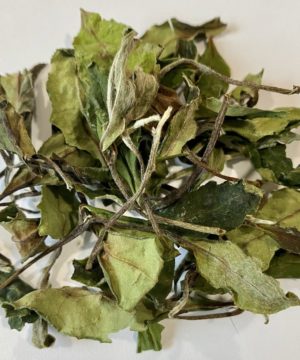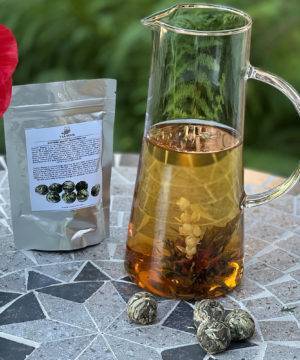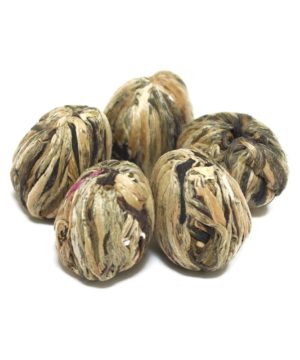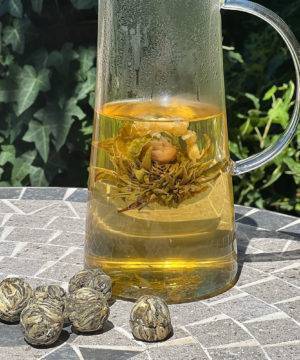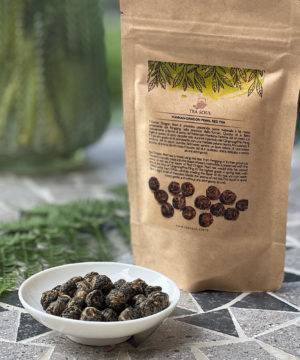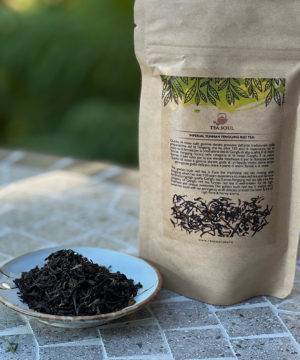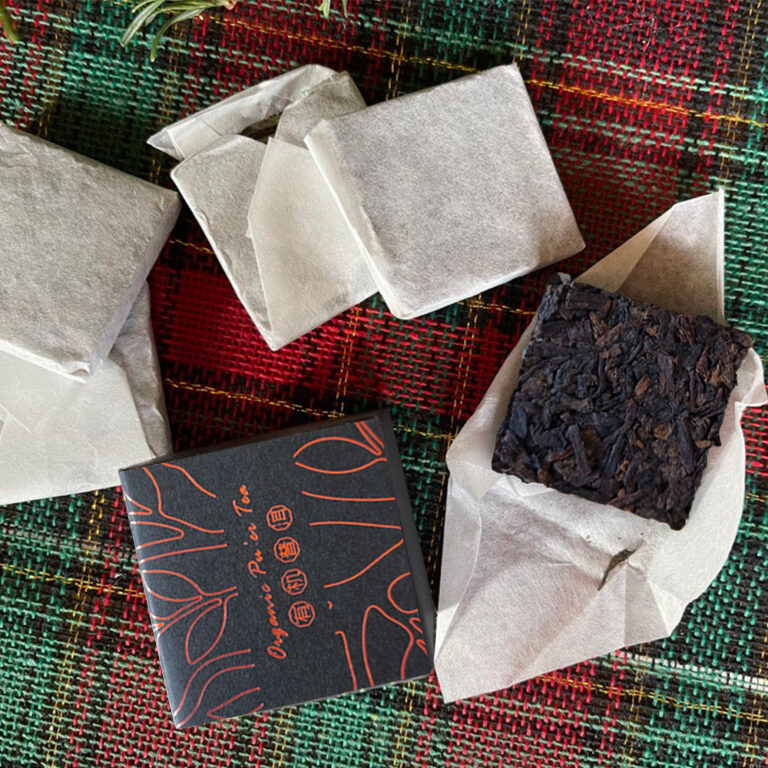



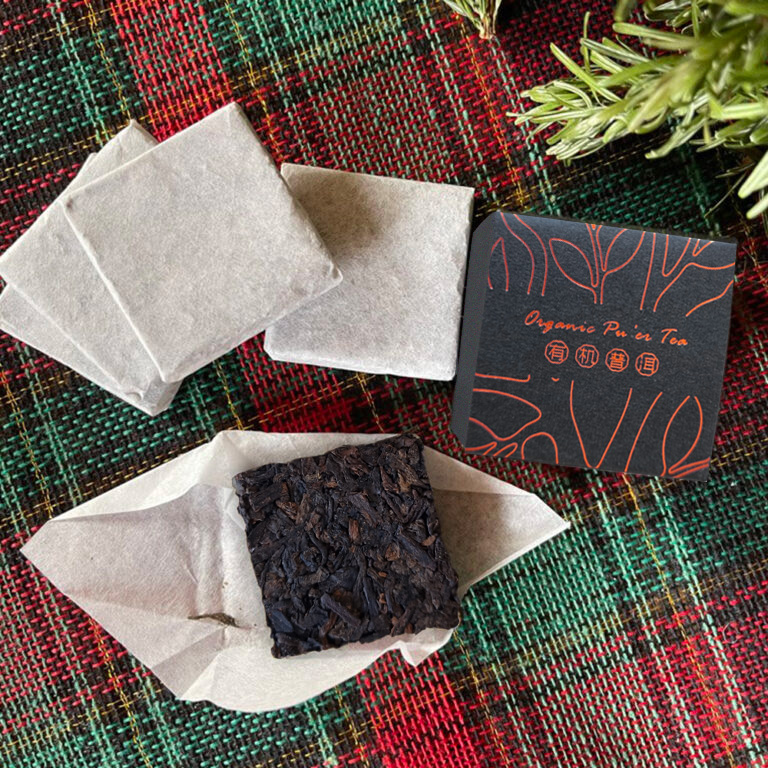

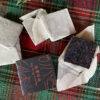



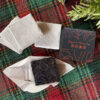

Organic Puer Shu (cooked) tea mini servings
8.40€ Taxes included
The puer shu tea (cooked) mini portions gives an infusion with a sweet taste and many nuances of flavors typical of the fermentation process undergone by the leaves.
SKU: te-puer-shu-cotto-mini-porzioni-
Categories: Tea Ouer Shu, COLLECTIONS, Puer Shu Cotto, Tea, Puer tea, Organic tea
DON'T MISS DISCOUNTS AND NEWS!
Subscribe to our WhatsApp channel and receive all updates quickly and conveniently!
Subscribe to our WhatsApp channel and receive all updates quickly and conveniently!
Organic shu (cooked) mini-portion puer tea is a very convenient product as it is sold in convenient single-serve square or small bowl shapes (called Tuo in China). Both formats of this tea are made with leaves from the mountainous Wuliang area, located near the city of Dali in the hundred-western part of Yunnan. The squares are collected in a paper packet of 2 pieces of 20g each, while the Tuo are in a cloth bag weighing about 120 grams and then in the 20s. The puers pressed into small squares allow for better inspection of the dried leaves and deferment of flavors in the case of multiple infusions while the mini Tuo releases their flavor more immediately and intensely. Speaking of flavors the mini portions of puer shu have a fairly persistent fermented taste capable of expressing itself in different ways on the palate. In the first few sips, in fact, a very intense sweet flavor can be felt in the mouth, which is followed by several nuances with a fermented character and a fairly sustained body. In this case, the fermentation practice leads to a light herbal liqueur taste with hints of wood and a slightly balsamic finish. Given the aforementioned characteristics, the infusion of this conveniently formed puer represents the typical traits of the cooked or shu category very well.
Puer Shu tea Mini portion of 40g (the package contains 2 square mini-doses of 20g each)
Puer Shu Mini Tuo tea: 120g pack (about twenty pieces)
Place of origin
Wuliang – Yunnan, China
Production
After harvesting, the leaves are left to wither in the sun for a certain amount of time depending on the producer before going through the “green killing” stage, which is purportedly similar to that used to produce green tea. The special feature, in this case, lies in not heating the leaves as much as is done for a green tea so that certain enzymes capable of changing flavors over time are preserved. Once cooked, the leaves are taken in large quantities and stacked to form large piles. The plant mass thus arranged is then moistened and covered with cloths so that heat can be retained and the fermentation process can begin. Here the producer will have to skillfully move the leaves around and wet them lightly as he goes to ensure that fermentation advances steadily and is distributed as evenly as possible. Once this process is finished, which can take 20 to 70 days, the leaves are spread out and left in contact with the air so that the microorganisms responsible for fermentation dry out and die, leaving the finished product. Once there, one can (eventually) proceed to press the puer in order to give it the best conditions to be transported and aged. To press the leaves they are passed through for a few seconds by a strong jet of steam so that they are made soft on the outside and then pressed into their small bowl or square shape. To ensure that this structure remains fixed over time the bag is left for hours under a stone or mechanical press while the leaves lose that residual moisture taken up by the steam in the previous step.
How to prepare
We highly recommend infusing this tea in the traditional Chinese method (gong fu cha) to best enjoy these leaves. Following this preparation you can put a mini Tuo or square in a gaiwan of about 100 ml to get more infusions with different tastes. After a short preliminary rinse at 100°C to start separating the leaves from their compressed form, an initial infusion of 10 seconds can be made, after which, keeping the water at the same temperature, the time can be increased each time by 5 seconds compared to the previous infusion (10 – 15 – 20…).
This tea has a longevity of about 7 brewings.
For a classic preparation according to the Western style, we recommend a mini Tuo in a 200 ml cup with water at 100°C for a brewing time of two minutes. It would still be preferable to do a prior rinse of about 15 seconds to maximise the flavours of the innermost leaves.
The tea can be filtered for greater ease at the moment of tasting, and also the infusion times indicated above are intended to be purely indicative, so you can also adjust according to your personal taste.
Store in a cool, dry place away from direct sunlight.
| Weight | 0.000000 g |
|---|---|
| Dimensions | 0.000000 × 0.000000 × 0.000000 cm |
| Detail - Temperature | 100°C |
| PACKAGE | 120 g, 40 g |
| Detail - Brewing | warming |
| Feature - Caffeine | Low caffeine |
| Preparation - Gaiwan | 5g-100ml / 10-15-20… sec / 7 brewings |
| Preparation - Mug | 5g-200ml / 120… sec / 2 brewings |
| Feature - Fermentation | Totally fermented |
| Other - Origin | China |
| Other - Taste | Sweet/Vegetable |
| Other - Instants | Drink |
| Season |
Still no Reviews for this Product
Related products
9.20€ Taxes included
Earn up to 61 points.
This product has multiple variants. The options may be chosen on the product page
11.50€ Taxes included
Earn up to 65 points.
This product has multiple variants. The options may be chosen on the product page
TrovaPrezzi
9.20€ Taxes included
Earn up to 34 points.
This product has multiple variants. The options may be chosen on the product page
9.20€ Taxes included
Earn up to 41 points.
This product has multiple variants. The options may be chosen on the product page
9.20€ Taxes included
Earn up to 81 points.
This product has multiple variants. The options may be chosen on the product page
9.20€ Taxes included
Earn up to 81 points.
This product has multiple variants. The options may be chosen on the product page
Sale!
Earn up to 82 points.
This product has multiple variants. The options may be chosen on the product page
10.40€ Taxes included
Earn up to 38 points.
This product has multiple variants. The options may be chosen on the product page






